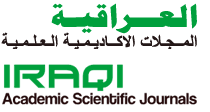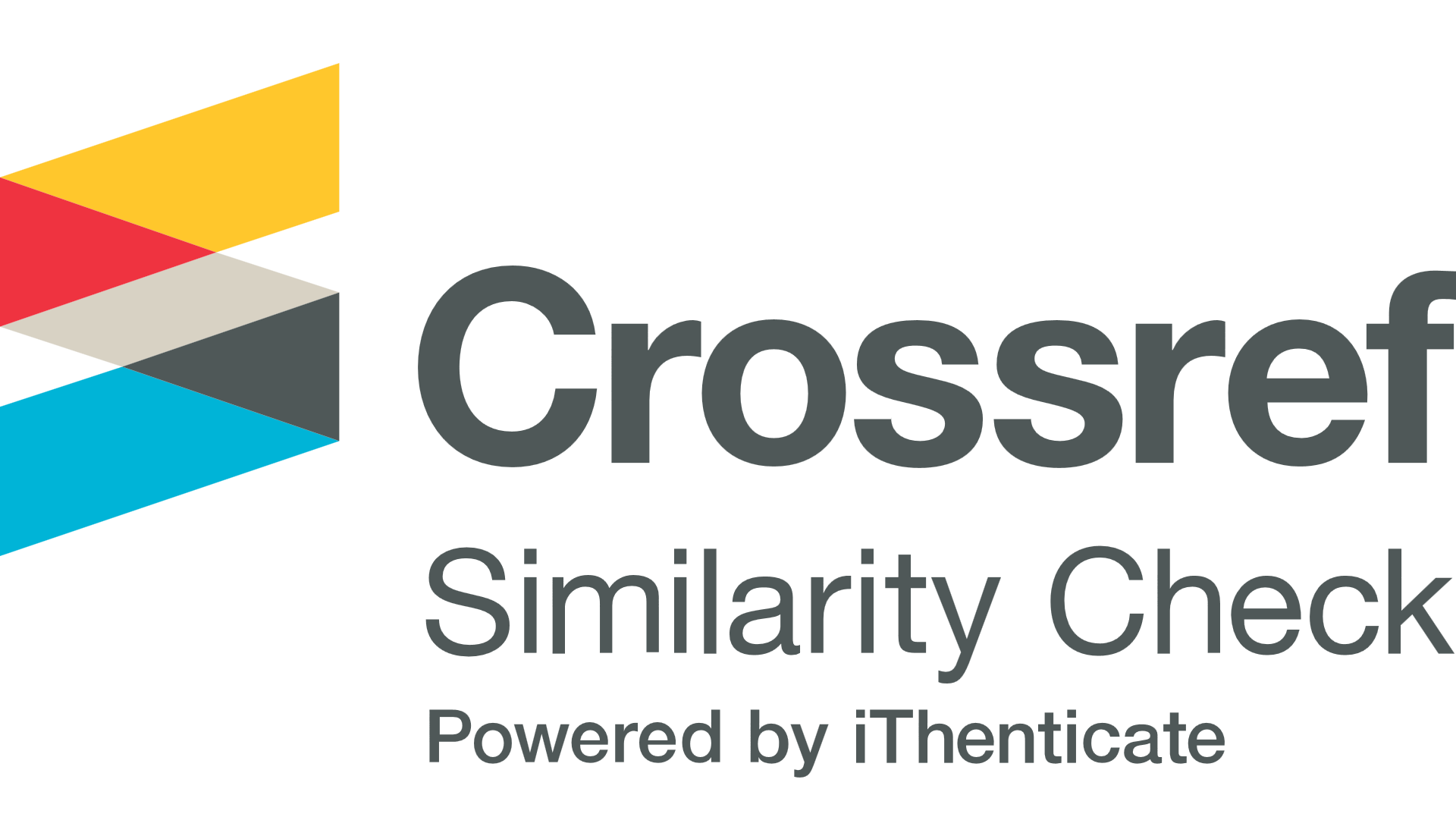تأثیر الجنس والعمر للإنسان على الإصابة بأنواع حصى الکلى والبکتریا المرافقة لها
الملخص
تضمنت الدراسة الحالیة عزل وتشخیص البکتریا من 50 عینة ادرار لمرضى مصابین بحصى الکلى واخماج القناة البولیة، بلغ عدد عزلات البکتریا (16) عزلة مختلفة وبنسبة (32%) من عینات الادرار وکانت mirabilis Proteus وEscherichia coli الاکثر تکراراً ، حیث شکلتا 37.5% (6 عزلات) و 31.5% (5 عزلات) على التوالی، اما Klebsiella pneumoniae فقد شکلت 12.5%(عزلتین)، تلتهاEnterobacter aerogenes وPseudomonas aeruginosa و Staphylococcus aureus وبنسبة (6.25%) لکل منها. کما اظهرت الدراسة ان 32 عینة ادرار (64%) کانت لمرضى مصابین بالحصى الکلسیة calcium stones و10 (20%) بحصى حامض الیوریک uric acid stones و8 (16%) حصى ستروفایت struvite stones ولم یتم تشخیص حصى سیستینیة cystine stones من العینات قید الدراسة فضلاً عن ذلک وضحت الدراسة ان هناک ترابطاً بین نوع الحصى ونوع البکتریا المسببة للاصابة وان حصى الاخماج ستروفایت اظهرت اکثر انواع الحصى ارتباطاً بالإصابات الجرثومیة. وتم التحری عن تأثیر بعض العوامل کالجنس والعمر على نسبة الاصابة بانواع حصى الکلى واظهرت النتائج ان من بین (32) حصى کلسیة کانت نسبة اصابة الذکور (71.9%) فیما بلغت نسبة الإناث (28.1%) اما بالنسبة لحصى الستروفایت البالغ عددها (8) فقد کانت نسبة الذکور (37.5%) والاناث (62.5%) وبلغت نسبة الذکور المصابین بحصى حامض الیوریک (60%) ونسبة الاناث (40%)، وبینت النتائج ان الاصابة بحصى الکلى ظهرت باعلى نسبة ضمن الفئة العمریة (30 – 53) سنة اذ شکلت (48%) من مجمل عدد المرضى تلیها الفئة العمریة (54 – 77) سنة بنسبة (32%) وکانت اقل الإصابات تکراراً ضمن الفئة العمریة (6 – 29) سنة اذ بلغت (20%).
المراجع
- Ziyadeh, F.N. and Goldfarb, S. Nephrolithiasis. In Dc Dale, DD Federman, eds. ACP Medicine, Section 10, Chap. 12. New York: WebMD(2005).
- Koka, R. M.; Huang, E. and Lieske, J. C. Am. J. Physiol. Renal Physiol., 278 : 989 998 (2000).
- Santos Victoriano, M. and brouhard, B. H. Clinical Pediatrics, 37 (10) : 583 594 (1998).
- Segura, J. W.; Preminger, G. M. and Assimos, D. G. Nephrolithiasis clinical guidelines panel summary report on the management of staghorn calculi. The American urological association nephrolithiasis clinical guidelines panel. J. Urol. Jun; 151 (6) : 1648-1651 (1994).
- Koneman, E. W.; Allen, S. D.; Janada, W. M.; Schreckenberger, P. C. and Winn, W. C. Color atlas and text book of diagnostic microbiology. 5th ed., Lippincott-Raben publishers, Philadelphia, USA (1997).
- Prescott, L. M.; Harley, J. P. and Klein D. A. Microbiology. 3rd. ed. WMC. Brown communication, Inc., Iowa, U.S.A (1996).
- Macfaddin, J.F. Biochemical tests for identifiaction of medical bacteria. 2nd. Ed., Waverly press, Inc., Baltimore, U.S.A (1985).
- Yoshida, O.; Kiriyama, T.; Okada, K.; Okada, Y.; Watanbe, H.; Mishina, T.; Uchida, M.; Watanbe, K.; Tomoyoshi, T. and Takayama, H. A bacteriological study on urinary calculi associated with infections. Hinyokika Kiyo. Feb; 30(2): 191-198 (1984).
- Li, X.; Zhao, H.; Lockatell, C. V.; Drachenberg, D. E.; Johnson, D. E. and Mobley, H. L. Visualization of Proteus mirabilis within the matrix of urease-induced bladder stones during experimental urinary tract infection. Infect. Immun. Jan; 70 : 389 394 (2002).
- Kramer, G.; Klingler, H. C. and Steiner, G. E. Role of bacteria in the development of kidney stones. Curr. Opin. Urol. 10 : 35 38 (2000).
- Robert, J. C. Kidney stones, general Adult and Prosthetic Urology. Web site: http://www.urosurgeryhouston.com.htm. (2003).
- Minevich, E. Pediatric urolithiasis. Pediatric clinics of North America, 48(6): 1571-1585 (2001).
- Goldfarb, D. S. and Coe, F. L. Americans family physician, 60 (8) : 2269 2277 (1999).
- Joseph, F. S. Kidney stone. Medical library, 333 pine Ridge Blvd. Wausau, WI 54401. Web site : http://www.chclibrary.org (2005).
- Kodama, R. Renal colic - new treatment. Smiths General Urology, article (2004).
- Kassimi, M. A.; Abdul-Halim, R. and Hardy, M. J. The problem of urinary stones in western region of Saudi Arabia. Saudi medical. J. 7 (4) : 349 401 (1986).
- Victorian, R. ; Haluk, A. and Dean, G.A. Kidney Stones: A Global Picture of Prevalence, Incidence, and Associated Risk Factors.Rev Urol. Spring-Summer; 12(2-3): e86e96 (2010).
- Haslett, C.; Chilvers, E. R.; Hunter, J. A. and Boon, N. A. Principles and practice of medicine. eighteenth edition, Davidsons. British Library (1999).
- Nass, T.; Al-Agili and Bashir, O. Urinary Calculi: bacteriological and chemical association department of Urology, Tripoli Medical center, Tripoli, Libyan Arab jamahiriya. Vol. 7, p. 756-762 (2001).
- Johri, N.; Cooper, B. ; Robertson, W. ;Choong, S. ;Rickards, D. andUnwin, R. "An update and practical guide to renal stone management". Nephron Clinical Practice116 (3): c15971(2010).
- Coker, C.; Poore, C. A.; Li, X. and Mobley, H. L. T. Pathogenesis of Proteus mirabilis urinary tract infection. Microbs Infect. 2 : 1497 1505 (2000).
- Rodman, J.S. struvite stones. Nephron 81 (Suppl.1), 50-59 (1999).
- Young, J.G. and Keeley, F.X. Chapter 38: Indications for Surgical Removal, Including Asymptomatic Stones, pp. 44154 in Rao, Preminger and Kavanagh (2011).
- Hruska,K.A.(2004).struvite and stones.CELIE.Text Book of Medicine.





